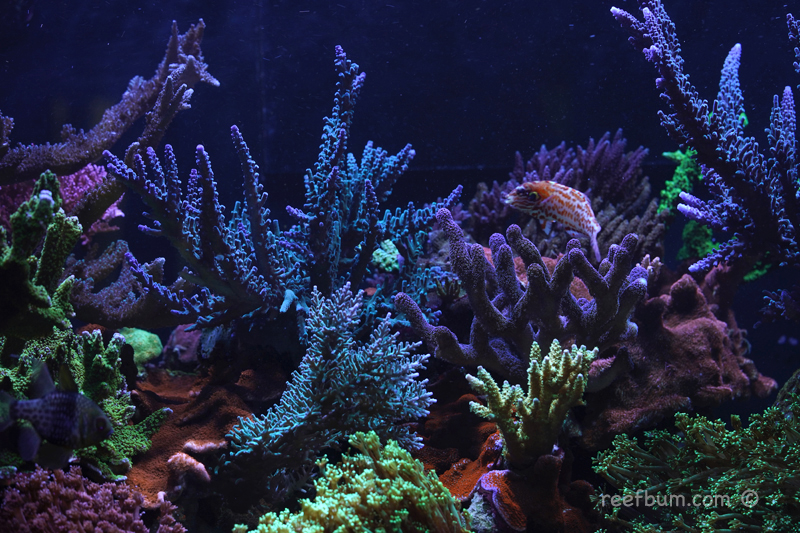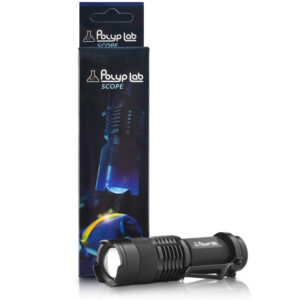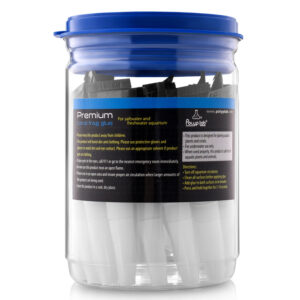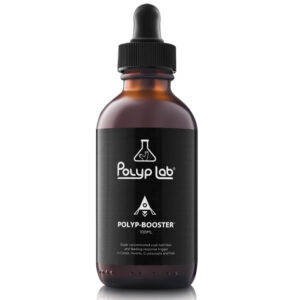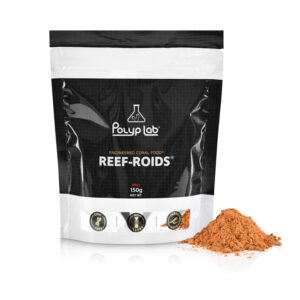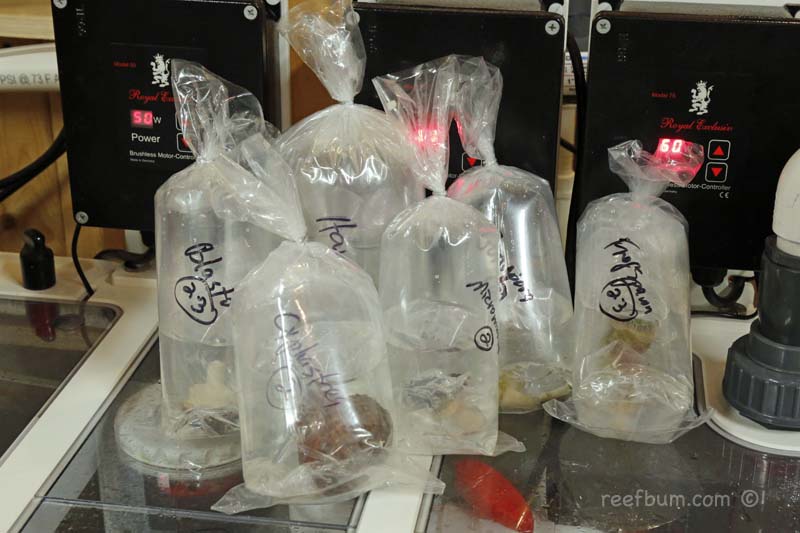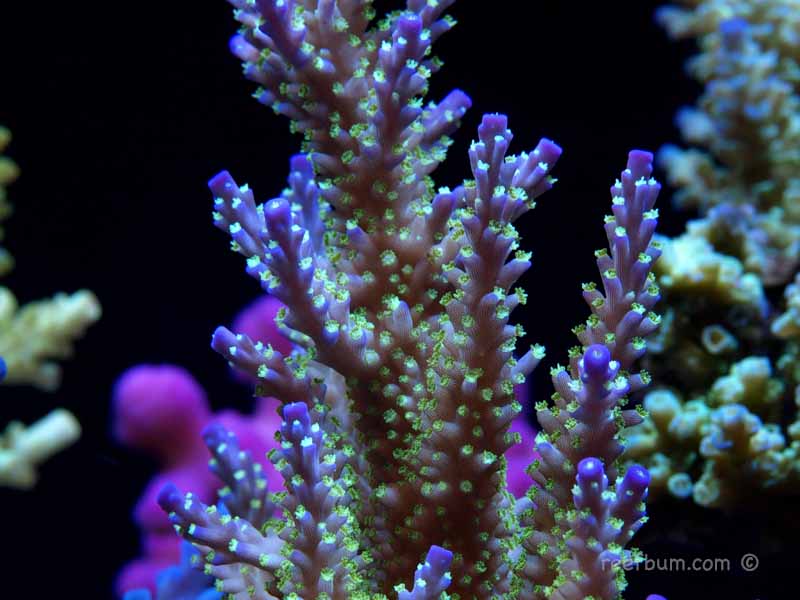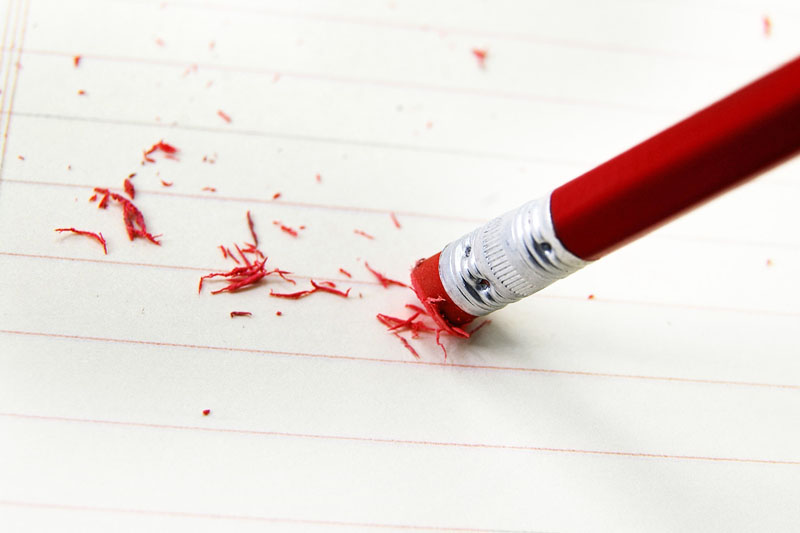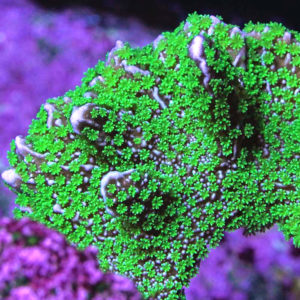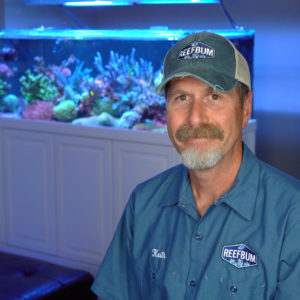Sometimes it is obvious when it is necessary to reboot a reef tank but sometimes it is not. Let’s start with some obvious circumstances. If a tank is struggling due to a parasite or problematic algae then a reefkeeper may be more prone to throw in the towel and start over. Or perhaps life gets in the way and requires a tank breakdown. I have encountered all of these scenarios.
Algae Issues
The first time I called it quits was due to an outbreak of some sort of invasive algae. This algae had feeder roots and got into every nook and cranny of my rock. It also snaked up some SPS and wrapped around their branches. It irritated the crap out of them and I was constantly picking at it to remove it from the tank. I even took out some of the rocks to scrub the stuff off. It was a losing battle and I decided to shut things down and take a break.
Another time I restarted a tank was due to dinoflagellates. I tried everything, including blackouts, hydrogen peroxide, increasing nutrients, adding more pods and Vibrant Aquarium Cleaner. In retrospect, I should have tried a UV Sterilizer since I had some recent success using UV to eradicate dinos (a UV can work if the variety of dinos is free floating). Nonetheless, my corals had taken a beating due to all of the remedies I tried so it seemed like a reboot was the best option.
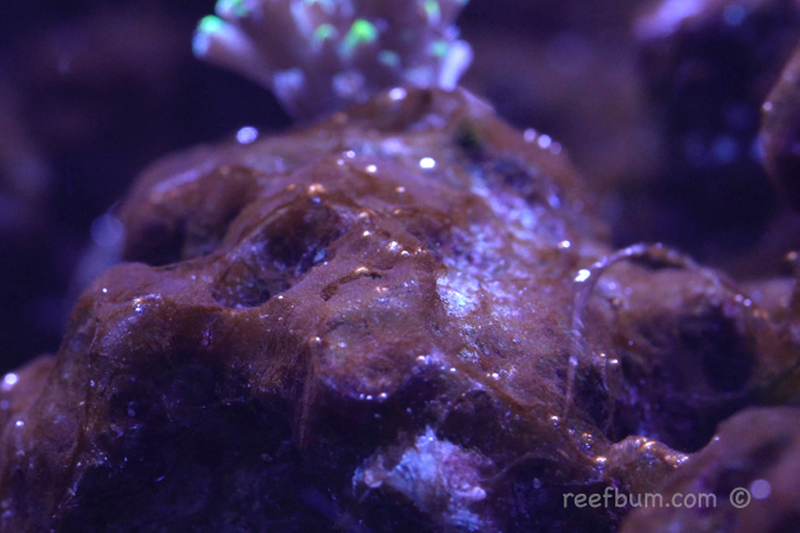
The AEFW Dilemma
Some reefers will do what is effectively a tear down when they discover Acro Eating Flatworms (AEFW) in their tank. AEFW themselves can be killed pretty easily by submersing an infested acro in a coral dip. I like to use the one from Bayer. But dips do not kill the eggs so they have to be removed manually by using something like a tooth brush.
The tooth brush method can be effective when eggs are spotted on a small frag but it will not work on established colonies in a tank. The best way to get rid of eggs in this case is to remove the entire colony and frag the top part of the coral. These frags then have to be dipped on a regular basis and be put aside in a quarantine tank to make sure the AEFW life cycle is broken.
AEFW will not survive without any SPS to feed on so the display tank has to be SPS free for a certain period of time. Even rocks encrusted with SPS have to be removed.
AEFW – A Death Sentence?
Is it really necessary to rip apart a tank due to AEFW? Many reefkeepers, including myself, have kept thriving reef tanks with AEFW. I had AEFW in my old 225 gallon tank in Connecticut and I used a turkey baster to keep the population in check. Every week I would blow on the SPS with the baster to dislodge the little buggers.
I had a few wrasses in the tank and they would follow the baster around and eat the AEFW after they were blown off the corals. A pair of clownfish also partook in this ritual. I avoided a do over by reducing the AEFW population, which allowed me to preserve the beauty of my SPS dominant tank.
 225g Tank in CT with AEFW
225g Tank in CT with AEFW
Rebooting a Successful Tank?
Ok, let\’s discuss another scenario for rebooting a tank that might seem illogical. Does it make sense to restart a tank when it is thriving? What? Yes, a major redo might be in order when a tank is mature.
I am actually facing this dilemma now with my 187 gallon reef tank. Corals in this tank are literally wall to wall. This is a problem because it restricts flow and makes it tougher to deliver nutrients to the corals. Some of the oversized colonies are also shading out other corals. And in some places there is recession at the bases of larger colonies due to lack of light and flow.
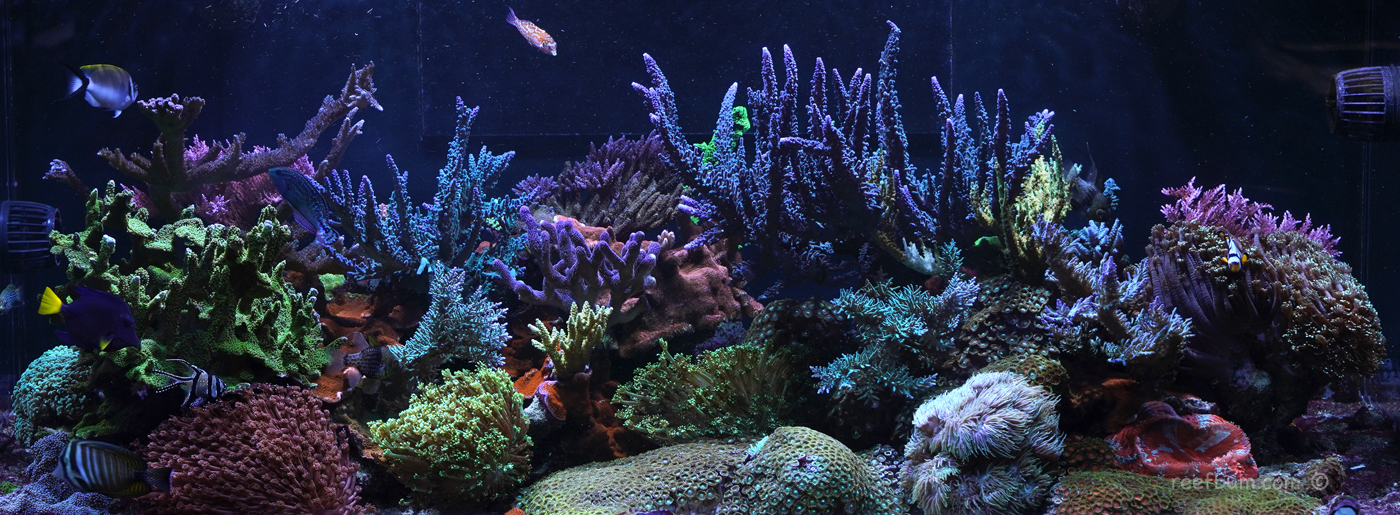 My 187g SPS Dominated Tank
My 187g SPS Dominated Tank
Fragging the large colonies has helped but the bases of many of these corals have come together and started to choke each other out. The question is should I be proactive and redo a mature reef that is currently flourishing? Am I insane for considering this?
A Rebuild Plan
If I do go down this path I would likely swap out my entire aquascape for a new one. A very large portion of the rocks are covered with corals and removing the encrusted coral would be tough. I am also intrigued by the idea of having a very open aquascape.
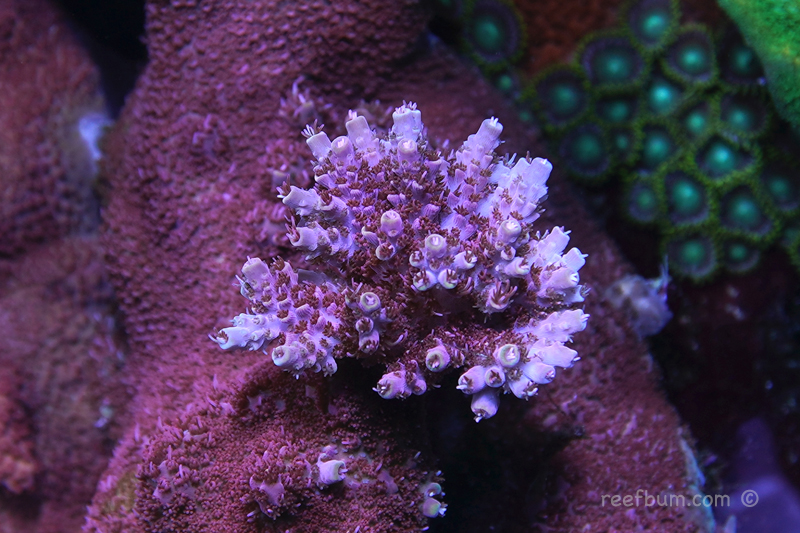
I have thought about doing a Negative Space Aquascape or NSA. They are really cool but they must be built with dry rock since the rock has to be put together with mortar and super glue (the rock has to be dry for the mortar and glue to set). I do hesitate about using dry rock since I had a very bad experience using it to start a tank. The dinos outbreak mentioned earlier was just one of the issues I encountered with dry rock.
The key to using dry rock is to make sure it has enough biodiversity and is colonized with bacteria. If I were to go this route I would need to “cook” the dry rock in my current system and turn it into living rock. One way to do this is to add a second sump or holding tank to my established system. A 100 gallon Rubbermaid stock tank stored in one of my closets could be utilized for this purpose.
How to Setup the Rubbermaid
The Rubbermaid would be fed by a return pump from my primary sump and drain back into that sump. The dimensions of the Rubbermaid (53″L x 31″W x 25″T) are pretty close to the dimensions of my 187 gallon display (60″L x 30″W x 24″T) so it would be an ideal holding tank for the rock. I could put the dry rock aquascape together, place it in the Rubbermaid and eventually add some light.
Six months in the Rubbermaid should do the trick. This should be more than enough time to infuse the rock with life and allow it to go through the inevitable ugly/algae phase. Once the dry rock is ready I would add it to the display and put the live rock from the display into another part of the system.
The Rubbermaid is pretty big so I would not use it to house the “old” live rock. I would likely put it in a smaller holding tank plumbed into the sump. It will not need any light so this holding tank can be on the tall side to save space.
Final Thoughts
Do I have the guts to reboot this very successful reef tank? I guess it is a good problem to have versus some of the other scenarios covered. At some point the answer will become clear. But I will take my time to make a final decision. Nothing good happens quickly when it comes to reefkeeping.
Additional Resources
If you would like some help with a new tank build, including help designing a custom aquarium, or help re-configuring your current setup then you can visit this page for more information. And if you are looking to add some equipment, I do sell GHL, Pax Bellum, Reef Octopus Calcium and Kalk Reactors and Royal Exclusiv products, including Dreamboxes, which is the equipment I use and recommend. I also sell Reef Brite metal halide and LED fixtures as well as Maxspect & IceCap Gyres.
As for additional insights and information, please explore my many other reef tank and SPS related articles as well as my YouTube channel. For an even deeper dive into reef tank care you can check out my Reef Keeping Master Class. This online course is an immersive and one of a kind educational tool designed to help reef aquarium hobbyists build and maintain a beautiful SPS reef tank. The course is a series of video presentations with some supplemental video from my YouTube channel. There are also quizzes to help students retain and understand the information presented in the course.
Need some frags…..I can help with that as well 

